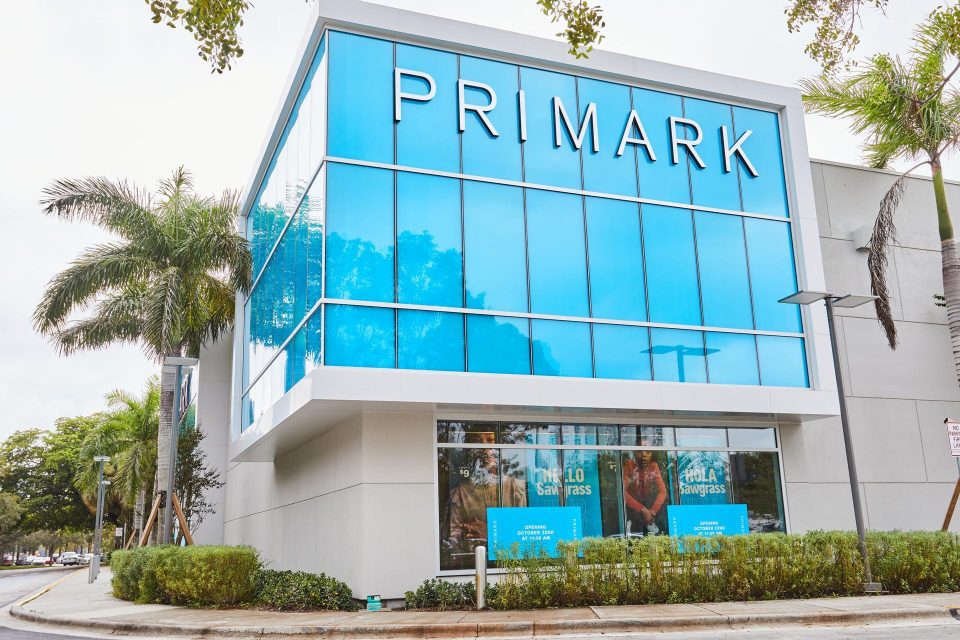In the midst of a cost-of-living crisis, Primark has emerged as a retail leader through savvy strategies and trend-driven collections. This success story delves into how Primark’s affordability, celebrity collaborations, and innovative initiatives have struck a chord with consumers. Meanwhile, Marks & Spencer and Next have made significant comebacks, while Adidas and other value players face challenges.
Read how the shifting priorities of consumers and the future trends shaping the UK apparel market in this insightful analysis.
Primark’s Strategic Triumph Amidst Cost-of-Living Crisis: A New Dawn for Fashion?
In the midst of a cost-of-living crisis, Primark’s compelling value proposition and trend-driven collections have struck a chord with shoppers. Adding to its allure, collaborations with celebrities like Rita Ora have skyrocketed its popularity, with consumers eager to mimic their favourite stars’ styles.
Primark’s Multi-faceted Strategy
Primark’s success story isn’t just about affordability. The brand has implemented a variety of strategies to drive demand. These include reducing prices on essential kids’ wear items, trialingClick+Collect services in UK stores, and planning new store openings. The Associated British Foods-owned brand debuted an adaptive lingerie range in January, with more inclusive launches planned to meet the needs of disabled customers.
Primark’s head of diversity and inclusion, Charlie Magadah, emphasised, “This is more than a new range for us – it’s the start of looking at how we are supporting our disabled customers and colleagues and understanding what more we can do to make Primark a more accessible place to work and shop.”
Meeting Consumer Needs
Another noteworthy move was offering discounted prices on selected kidswear ahead of the holiday season in mid-April, aimed at helping families plan their summer wardrobes affordably.
Primark has reaffirmed its commitment to UK retail, with plans to invest £140 million over the next two years in its UK store estate. This will include the opening of at least four new stores in Bury St Edmunds, Craigavon, Salisbury and Teesside Park. The investment creates at least 850 new jobs and increases selling space by more than 160,000sq ft, in a boost to local shopping areas.
Marks & Spencer’s Comeback
Marks & Spencer (M&S) has witnessed a notable comeback. The British omnichannel retailer saw its market share rise by 0.3 percentage points to 5.3% after years of tepid sales. This resurgence is credited to M&S’s refreshed apparel lines and trend-led offerings that attract younger shoppers, along with a focus on quality and classic styles that cater to the increasing demand for capsule wardrobes.
Next’s Steady Growth
British retailer Next also experienced a market share bump of 0.1 percentage points. This growth is attributed to its extensive range of third-party brands, which have successfully drawn in shoppers and increased exposure to its own-brand ranges.
Adidas Faces Challenges
In stark contrast, German sportswear giant Adidas saw its market share dip by 0.1 percentage points in 2023. This decline is linked to its core offerings and the loss of its Yeezy range, which failed to captivate UK consumers.
Value Players Struggle
Value retailers such as Tesco’s F&F and Matalan have also seen their shares contract, hindered by weak digital strategies and a consumer shift towards more fashionable value players like Primark.

Consumer Priorities Changing with ECONOMY
‘Value for money’ remains the top priority for consumers, with 89.6% stating its importance. ‘Fit’ follows closely at 89.1%, while ‘quality’ is crucial for 88.5% of consumers. ‘Price’ is the fourth most important factor, reflecting shifts in shopping habits due to rising inflation.
According to GlobalData’s report, “The Apparel Market in the UK to 2028,” the UK apparel market grew by just 2.0% in 2023. This growth was driven by the prioritization of essential spending and cutbacks on discretionary categories like apparel amidst soaring inflation.
Future Outlook
The market outlook for 2024 remains challenging, with an expected growth of just 0.3% to £60.9bn ($76bn) as inflation continues to dampen consumer confidence. However, the report anticipates an uptick in demand later in the year as shoppers feel more optimistic about their finances.
From 2025 onwards, demand is expected to rise, although consumers are likely to maintain a cautious approach to spending. Resale channels and capsule wardrobes are predicted to remain popular. The report forecasts a modest compound annual growth rate (CAGR) of 2.0%, with the market projected to reach £67.1bn between 2023 and 2028.
Conclusion
Primark’s strategic manoeuvres amidst economic challenges demonstrate a keen understanding of consumer behaviour and market trends. As other retailers like M&S and Next adapt and evolve, the fashion industry is poised for significant changes. Whether it’s through innovative product ranges, strategic pricing, or digital enhancements, the future of fashion retail promises to be dynamic and consumer-focused.
- Primark’s Multifaceted Strategies
- Pricing and Services: Reduced prices on essential kidswear and trialing Click+Collect services.
- Store Expansion: Plans for new store openings.
- Inclusive Product Launches: Debut of an adaptive lingerie range to cater to disabled customers.
- Seasonal Discounts: Offering discounted prices on kidswear ahead of the holiday season.
- Consumer Priorities
- Top Factors: ‘Value for money,’ ‘fit,’ ‘quality,’ and ‘price’ are the top priorities for consumers amid inflationary pressures.
- Market Trends
- 2023 Growth: The UK apparel market grew by just 2.0%, driven by essential spending.
- 2024 Outlook: Predicted market growth of just 0.3% due to continued inflation.
- Future Market Expectations
- Demand Increase Post-2024: Anticipated rise in demand from 2025 onwards.
- Cautious Consumer Spending: Continued consumer caution in spending, with popularity in resale channels and capsule wardrobes.
- Modest Growth Forecast: Market expected to grow to £67.1bn by 2028 with a 2.0% CAGR.

